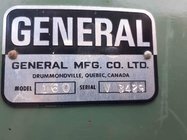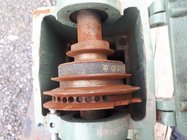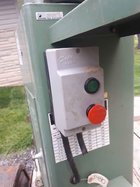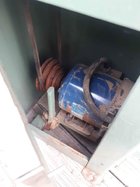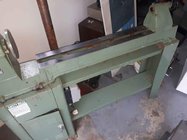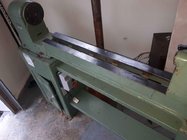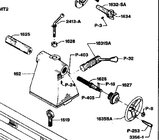Hi everyone, I don't know if this is the appropriate section to post in, but I am very new (not even started yet!!) I just bought a lathe second hand. It is a General 160 with the fixed gear ratios. The motor says it's a 230/460v 3ph. My plan is to use a VFD as research has indicated that the gearing on this lathe isn't really slow enough for bowl turning. I'm OK with the 230 2ph wiring and the 3ph to the motor. My question is related to torque and the gear to use when running the motor vs the frequency of the output. Also whether it is better to buy a 460v VFD or do everything on 230v . I have even seen talk of running a 230v motor on a 460v VFD but at 120Hz instead of 60Hz, but don't understand the concept behind that or if there any advantages to doing it.
ALSO - : ) the lathe is old but I only paid $300 CAN so it is worth putting some money into I think? The Tool rest and banjo are missing - does anyone know of a source or any ideas?
Hopefully my next questions are related to things like " Which end of the pointy thing do I hold on to!" and "Where's the lever for the auto feed?"
Thanks everyone - Paul
ALSO - : ) the lathe is old but I only paid $300 CAN so it is worth putting some money into I think? The Tool rest and banjo are missing - does anyone know of a source or any ideas?
Hopefully my next questions are related to things like " Which end of the pointy thing do I hold on to!" and "Where's the lever for the auto feed?"
Thanks everyone - Paul

